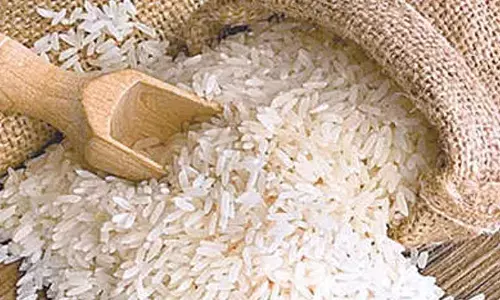Loan write-off amounts to Rs 9.9 trn in 5 years

They give up `1.70-trn loans in FY24; Write-off highest at `2.34 lakh crin 2019-20
New Delhi: Banks have written off loans worth Rs9.90 lakh crore in the last five financial years, Parliament was informed on Tuesday. During 2023-24, banks loan write off was at Rs1.70 lakh crore, as against Rs2.08 lakh crore in the previous fiscal, Minister of State (MoS) for Finance Pankaj Chaudhary said in a written reply in the Rajya Sabha.
Write-off was highest at Rs2.34 lakh crore during 2019-20, which came down to Rs2.02 lakh crore in the following year and to Rs1.74 lakh crore in 2021-22. Against Rs9.9 lakh crore write-off, recovery was to the tune of Rs1.84 lakh crore, or just 18% of total write-off during the last 5 years.
As per the RBI guidelines and policy approved by banks’ boards, NPAs, including those in respect of which full provisioning has been made on completion of four years, are removed from the balance-sheet of the bank concerned by way of write-off, he said.
“Banks evaluate/consider the impact of write-offs as part of their regular exercise to clean up their balance-sheet, avail tax benefit and optimise capital, in accordance with the said guidelines and policies of the respective boards,” he said in a reply to a question asked by Congress member Randeep Singh Surjewala. Such write-off does not result in waiver of liabilities of borrowers to repay and therefore, write-off does not benefit the borrowers, he said. The borrowers of written-off loans continue to be liable for repayment and banks continue to pursue recovery actions initiated in written-off accounts through various recovery mechanisms available to them, he added.
As per the Reserve Bank of India (RBI) data, he said, gross NPAs (GNPA) of Scheduled Commercial Banks (SCBs) was Rs8,96,082 crore (GNPA ratio of 8.21%) as on March 31, 2020, Rs8,35,051 crore (GNPA ratio of 7.33%) as on March 31, 2021, Rs 7,42,397 crore (GNPA ratio of 5.82%) as on March 31, 2022. It further came down to Rs 5,71,544 crore (GNPA ratio of 3.87%) as on March 31, 2023 and to Rs 4,80,687 crore (GNPA ratio of 2.75%) as on March 31, 2024 (provisional data). It indicates that gross NPAs in SCBs have been declining over the past five years, he added. Replying to another question Chaudhary said, the Indian banking sector remained largely insulated from the recent crises involving other global financial entities.
The liquidity coverage ratio (LCR) of Indian banks during January-June 2024 remained above 130% against the regulatory threshold of 100% indicating resilience to liquidity risks.
At the same time, he said, the investment portfolio of the Indian banks has remained largely resilient to the market risks arising due to adverse price movements.
















